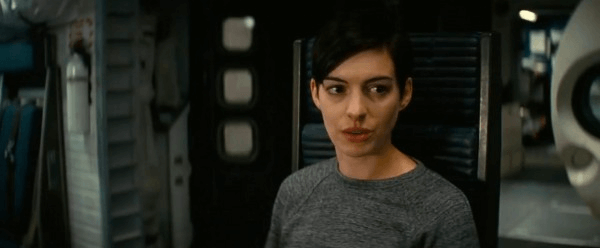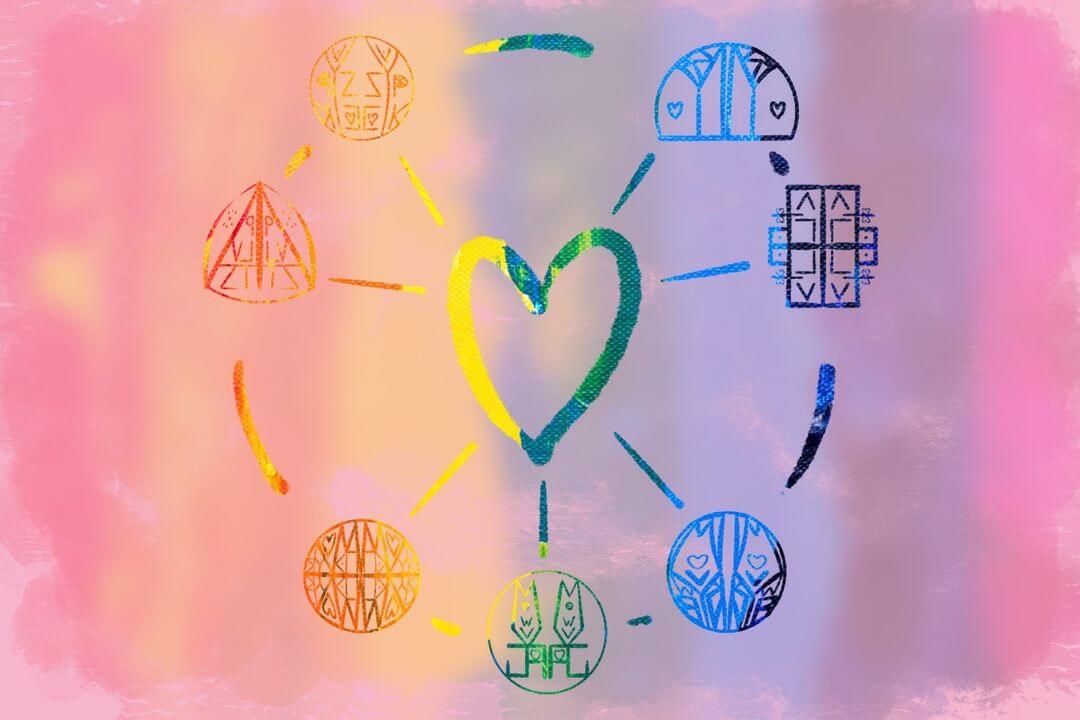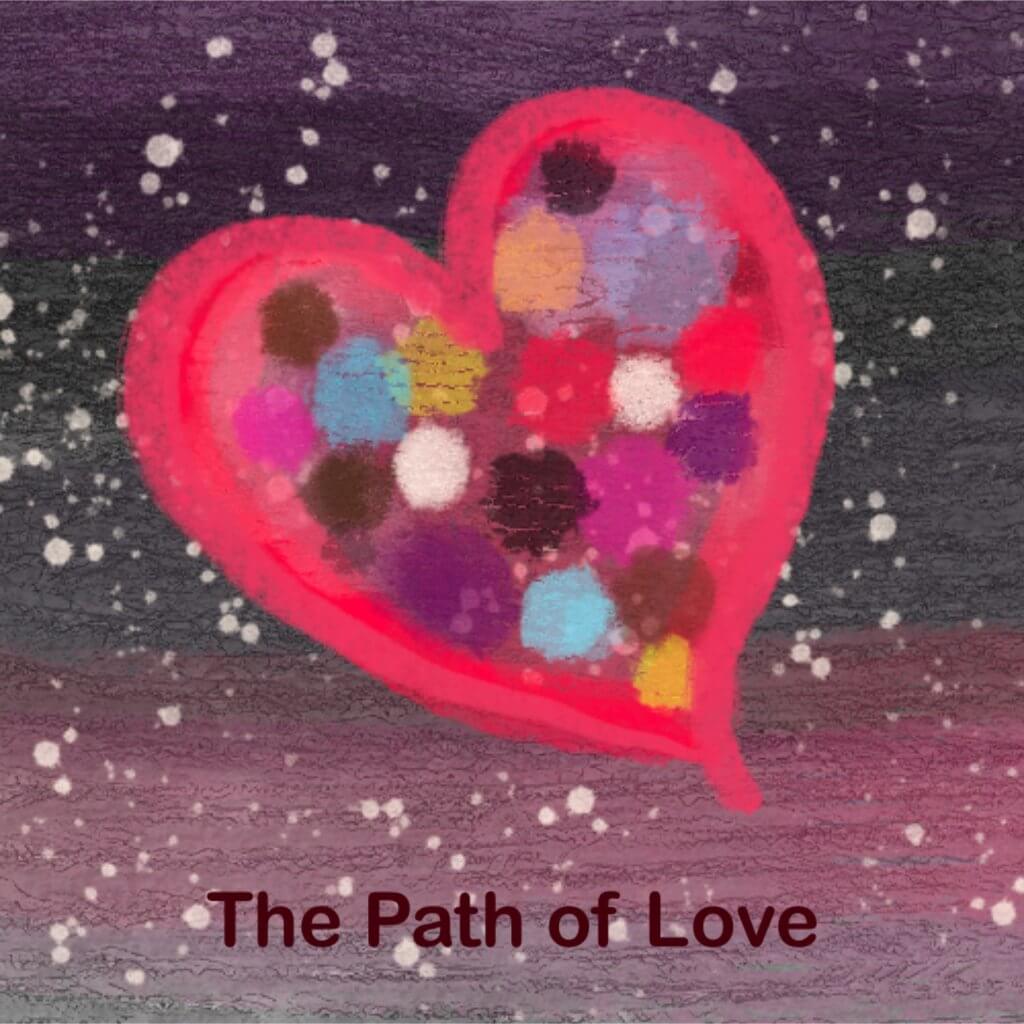The heart—not your anatomical heart on the left side of your chest, but your emotional heart center in the center of it—has many capacities.
The heart feels—happy and sad and angry and afraid and many more fun flavors of feelings.
The heart understands who you are and what you need. The heart discerns who others are, and how they fit into your experience and your life. The heart has a deep wisdom that can be a compass to steer by.
The heart can generate tremendous love—love for yourself, love for others, love for all beings. This is loving kindness practice, this is the practice of the brahmavihārās.
The brahmavihārās are wonderful. They are commendable. You should learn them, you should practice them, you should be a humble student of them, you should never be content to graduate from the endless university of boundless love.
And yet—there is more. More is possible.
In Christopher Nolan’s film Interstellar, a critical moment comes where the three astronauts—Cooper, Brand, and Romilly—have to decide which planet to go to. They are looking for a habitable planet for humanity to colonize, but have limited remaining fuel and time.
Cooper argues that they go to one planet. The planet’s data looks excellent, and it was sent by the previous mission’s captain, Mann.
Brand argues that they go to another planet, which has even better data. Cooper reveals to Romilly that Brand loved the scientist that explored this planet, implying that she is biased by her love.
Brand gives a compelling monologue, saying that her love for her former partner is precisely the reason to go, that she trusts her heart:

“Listen to me when I say that love isn’t something we invented, it’s observable and powerful, it has to mean something…maybe it means something more, something we can’t yet understand. Maybe it’s some evidence, some artifact of a higher dimension that we can’t consciously perceive. Love is the one thing we’re capable of perceiving that transcends dimensions of time and space.”
Cooper and Romilly decide against it, and they overrule her, and go to explore Mann’s planet. Unfortunately, it turns out that the planet is actually inhospitable, and that Mann was faking the planet’s data so that he might be rescued. Fast forward past several plot points and to the end of the film, and Brand has made it to her lover’s planet, which is actually hospitable, and Cooper leaves his family to join her there.
One lesson that we might draw from this is that Brand was right all along—she could trust her heart.
I’ve had many experiences like the fictional ones Brand has—of knowing something in my heart, connected to someone I love, across space and time. As far as I can tell, Brand’s monologue is straightforwardly correct. As Pascal said, “The heart has its reasons of which reason knows not.”
I began to notice this capacity of the heart consciously in romantic relationships.
I would be disconnected from a partner in space and time, not in communication, and yet have a sudden intuition that they were thinking of me, or missing me, or going through a certain experience. Various synchronicities would occur, which, upon reconnecting at a later point in time, I could confirm with them.
At one point, I did an experiment where I leaned into this with a partner. I was going on a silent meditation retreat, and we would be out of communication. We agreed to meditate together at the same time each day for half an hour, and to try to connect with each other. We both made notes of what we experienced, and compared them afterwards. Our experiences, feelings, and intuitions lined up eerily well. For example, there was one day where I felt disconnected from them, unable to “feel” them there, and it turned out that they had an unexpected obligation come up where they couldn’t actually meditate on that specific day.
Later, I began to explore the same capacity in non-romantic relationships. My friend Jane and I agreed to text each other every time we thought of each other. One memorable instance was that Jane woke up in the middle of the night, sent me some mettā, felt that I was sending mettā back, and went back to sleep. I had indeed been sending her mettā in the middle of the night as well. It seemed that the more conscious we were of this connection, the more heart synchronicities happened, the more we could notice it and even make use of it.
What I am calling Heartspace practice is a way of intentionally exploring these connections between hearts, either in pairs or in larger groups. We consciously, intentionally, imaginally connect to others whom we share a strong bond with.
Introducing Heartspace Practice
Heartspace practice is not a new practice, but a novel way of speaking about an old practice, a novel way of combining and connecting very old practices.
To do heartspace practice, you need to have cultivated a certain amount of loving kindness, and, more broadly, emotional awareness, mindfulness, and playfulness in practice. Heartspace practice is founded upon mettā and the brahmavihārās, but extends beyond it.
The fundamental axiom of Heartspace practice is the belief that our hearts can connect across space and time. More broadly, we believe that our actions have consequences, that what we do matters—not just our physical, embodied actions in the material world, but also our immaterial actions, our thoughts and feelings, our intentions, our beliefs, our ways of seeing.
“direct access to each other’s hearts” by Sílvia Bastos (CC BY 2.0)
In Heartspace practice, we connect to people who are also aware of this connection, who are consenting to exploring it intentionally with us, and who are also intentionally trying to cultivate it. We strive to hold this connection ethically, but also playfully, with the intent to explore the limits of what is possible.
Basic Instructions for Heartspace Practice
To begin, feel your heart. Feel into what is present for you at this time. Honor those feelings, and your heart, as a kind of portal which you might enter, or a compass which you might steer by.
Bring up a sense of loving kindness, good will, and friendliness. Connect to that state of mind, and feel it in your heart.
Then, with a sense of loving kindness firmly established, bring the other person or people you wish to connect to into your awareness.
See them in your mind’s eye, and feel how it feels to be aware of them, to be connected to them. Feel love for them.
Having established that—with this connection surfaced, with love felt—bring your shared heartspace into your awareness. Visualize the connection you share with them in a way that resonates for you. Some images that have resonated for me include:
- an imaginal room that you both have access to, which your heart is a doorway and a portal into
- hearts burning with love, sharing and spreading flames
- high-voltage batteries charging together, pulsing with energy
- geometric lines and shapes, bonding us together
- webs of connections and relations
- networks of information exchange and flow
Having connected to this heartspace, you can do anything you like. You might send each other metta, you might set intentions, you might say a prayer, you might go on a quest together… The possibilities are endless, and they are to be explored relationally, interpersonally.
Here, there is a common heart, a shared space, a heartspace, that is powered by each individual heart, but is greater than any one.

“Seven Sigils” by Tasshin
How would you explore in this realm, knowing that your thoughts and feelings and visualizations, the exercises you do and the intentions you share, have causal impacts? What would you do, how would you play? What might you share with those you love?
U might also enjoy reading my book on loving-kindness and the brahmavihārās, The Path of Love.
Further Resources
- Exploring Heartspaces, a basic introductory Heartspace guided meditation
- Shared Imaginal Practice by Rosa Lewis
- Magick and The Brahmavihārās in Mastering the Core Teachings of the Buddha by Daniel Ingram
- Six Ways: Approaches & Entries for Practical Magic by Aidan Wachter
Thank you to Vivid Void, Reb, and Kit Cascadia for reviewing this post and providing feedback, to Chris and River for discussing it with me, and to all those who have explored this territory with me so far.

